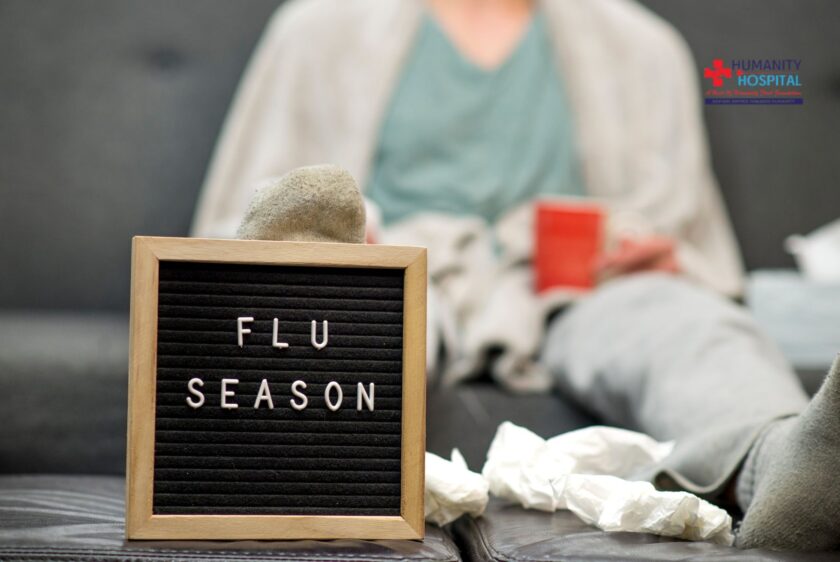Seasonal flu, also known as influenza, is a viral infection that affects the respiratory system, including the nose, throat, and lungs. It spreads easily from person to person, especially during flu season, and can range from mild to severe. Understanding how to prevent, recognize, and treat the flu is crucial for protecting your health and minimizing the risk of complications.
1. What is Seasonal Flu?
The flu is caused by different strains of the influenza virus, which mutate regularly. Each year, flu strains vary, making it necessary to update vaccines to protect against the most common strains. While most people recover from the flu within a few days to two weeks, certain high-risk groups like the elderly, young children, and people with compromised immune systems may experience severe complications, including pneumonia.
2. Symptoms of Seasonal Flu
Flu symptoms often come on suddenly and can include:
- Fever or feeling feverish/chills
- Cough
- Sore throat
- Runny or stuffy nose
- Muscle or body aches
- Fatigue (feeling tired)
- Headaches
- Vomiting and diarrhea (more common in children)
Recognizing these symptoms early can help individuals take prompt action to manage the infection and prevent it from worsening.
3. Prevention of Seasonal Flu
Preventing the flu requires proactive measures, especially during flu season. Here are some tips to minimize your risk of getting the flu:
- Get vaccinated: The annual flu vaccine is one of the most effective ways to protect against the flu. It is recommended for everyone over six months of age.
- Practice good hygiene: Wash your hands frequently with soap and water for at least 20 seconds, especially after sneezing, coughing, or being in public spaces. If soap and water are not available, use an alcohol-based hand sanitizer.
- Avoid close contact: Stay away from people who are sick, and if you are sick, limit contact with others to avoid spreading the virus.
- Cover your coughs and sneezes: Use a tissue or your elbow to cover your mouth and nose when coughing or sneezing, and dispose of tissues immediately.
- Clean and disinfect surfaces: Regularly clean surfaces and objects that are frequently touched, such as doorknobs, light switches, and phones.
4. Treatment of Seasonal Flu
If you do catch the flu, there are several steps you can take to manage the illness and reduce its severity:
- Rest and hydrate: Drink plenty of fluids to stay hydrated, and get plenty of rest to help your body fight off the infection.
- Over-the-counter medications: Pain relievers and fever reducers, such as ibuprofen or acetaminophen, can help alleviate symptoms like headaches, muscle aches, and fever.
- Antiviral medications: If taken within 48 hours of symptom onset, prescription antiviral drugs can reduce the severity and duration of the flu. They are particularly beneficial for people at high risk of complications.
5. When to Seek Medical Help
Most flu cases can be managed at home, but some symptoms indicate that you should seek medical attention:
- Difficulty breathing or shortness of breath
- Persistent chest pain or pressure
- Sudden dizziness or confusion
- Severe or persistent vomiting
- Symptoms that improve and then return with fever and worse cough
High-risk groups, including children under 5, adults over 65, pregnant women, and those with chronic conditions, should be especially vigilant.
6. Conclusion
Seasonal flu is a common but serious illness that can be prevented with vaccination and proper hygiene practices. Recognizing the symptoms early and taking appropriate treatment steps can minimize the impact of the flu on your health. Stay informed and take the necessary precautions to protect yourself and your loved ones during flu season. If you experience severe symptoms or belong to a high-risk group, do not hesitate to seek medical attention.
For more information on flu prevention and care, visit Humanity Hospital.





